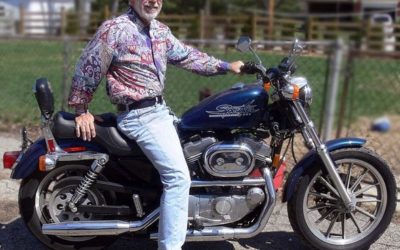In business we talked about being “first to market” or “second champion.” This is based on the old adage, “The early bird gets the worm but the second mouse gets the cheese.” In either case, the idea of establishing oneself as a market leader at the very front or nearly front of the line requires innovative thinking and risk taking.
Take the minivan, for example. Chrysler was not the first to come out with one. That distinction belongs to Volkswagen in the late 50s, followed by Chevrolet with its Corvair FC van in 1961. You might say that Chrysler perfected it in the fall of 1982 at a time when station wagons were getting long in the tooth and the Pentastar was in dire need of a major win. By 1995, Chrysler had extended the vehicle, added a V6 and provided luxury formerly reserved for the Imperial. They were the undisputed market leader.
It was in the fall of that year when the minivan was reborn. Ford and GM had performed the same research as Chrysler, no doubt. About a third of those surveyed thought a sliding door on the driver’s side would be appealing. After coming out with that extra door as an option for the 1996 Chryslers, the 1997s made it standard. Ford’s Windstar didn’t have the option when it came out a year earlier. By the time they added it in the fall of 1998, it was too late. With the same data, one saw opportunity and the other saw expense. Until Honda and Toyota became dominant, Chrysler extended their lead in the segment they perfected twice.
So, how does this apply to higher education? Unfortunately, most institutions are not looking to be the early bird or second mouse. They seem content to be the fiftieth adopter. When I present new ideas, the leadership often wants a list of four or five others who have done what I have suggested. After accommodating such requests during my first year of consulting, I ended that practice. Few wanted to be innovative, it seemed. almost no one wanted to be first or second. They sought safety and a sure-thing, even if pioneers already owned a new market segment. I couldn’t encourage that mindset and frustrated a number of reticent decision makers with my reluctance to share names.
Then, there were the handful of institutions that didn’t want to know or didn’t care if others had tried this or that. Some responded with enthusiasm, “We could be first with this!” I found those places to be a welcome oasis in a desert of me-tooism. Sometimes their ideas didn’t work out. Other times they hit the ball out of the park. Less innovative schools wanted to pick off their talent but those who went elsewhere found an environment that failed to engender innovation and risk-taking. Some came back, actually. The innovative institutions were healthy and always looking to push the envelope. The risk averse were at least five years behind and their results showed it.
As an industry, we need to change. We need to find ways to be first or at least at the very top of the heap when it comes to innovation. Sometimes we will lose. But we will also win and set ourselves apart from the other “mee-toos.” With the challenges of today’s market, this may be our only hope.
What do you think?



